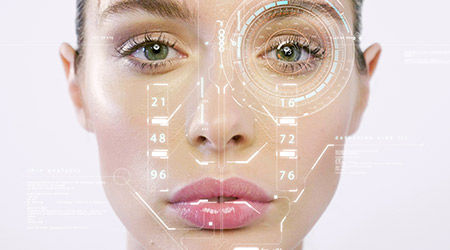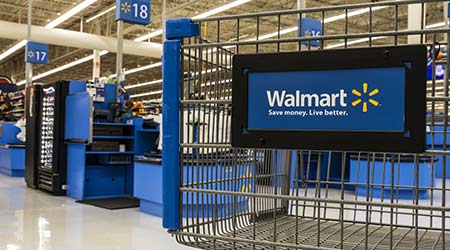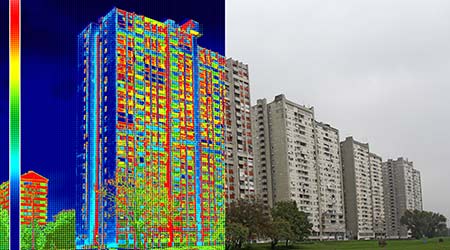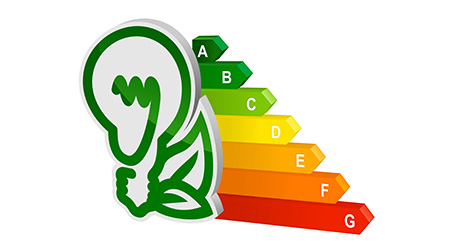
Facial Recognition Moves Closer to Facilities
November 12, 2018
A host of threats to institutional and commercial facilities — not the least of which involve active shooters — has prompted facility managers to revisit their organizations’ security measures, as well as available technology options to further beef up facility security. One security technology worth watching recently cleared an important hurdle.
Orlando International Airport recently became the first in the nation to commit to processing all arriving and departing international travelers with the facial recognition technology, according to Marketplace. Introduced by U.S. Customs and Border Protection, the program aims to reduce passenger wait times and tighten security measures.
“There’s a congressional mandate that all international passengers be positively identified using biometrics,” says John Newsome, chief information officer for the Greater Orlando Aviation Authority.
Orlando International paid $4 million to formally adopt the technology. It’s a partnership between private cybersecurity firm SITA and Customs and Border Protection. SITA software transmits passengers’ photos to the agency, which uses government-owned facial-scan technology to match those photos with data on file. Newsome said the program is useful for maintaining tight security as the number of travelers’ coming through the airport grows.
Newsome cited a report from the Georgetown Law Center on Privacy & Technology, which found that biometrics software does not respond well during a data breach. But the use of biometrics raises privacy and security concerns, says Peter Swire, associate director for policy of the Georgia Tech Institute for Information Security and Privacy. The report also referenced tests by the National Institutes of Standards and Technology, a government agency, which found that more than 35 facial recognition algorithms showed accuracy rates varied depending on the race and gender of the person being scanned. Customs and Border Protection said its facial technology has a more than 97 percent accuracy rate.
This Quick Read was submitted by Dan Hounsell — dan.hounsell@tradepressmedia.com — editor-in-chief of Facility Maintenance Decisions, and chief editor of Facilitiesnet.com.
Next
Read next on FacilitiesNet












